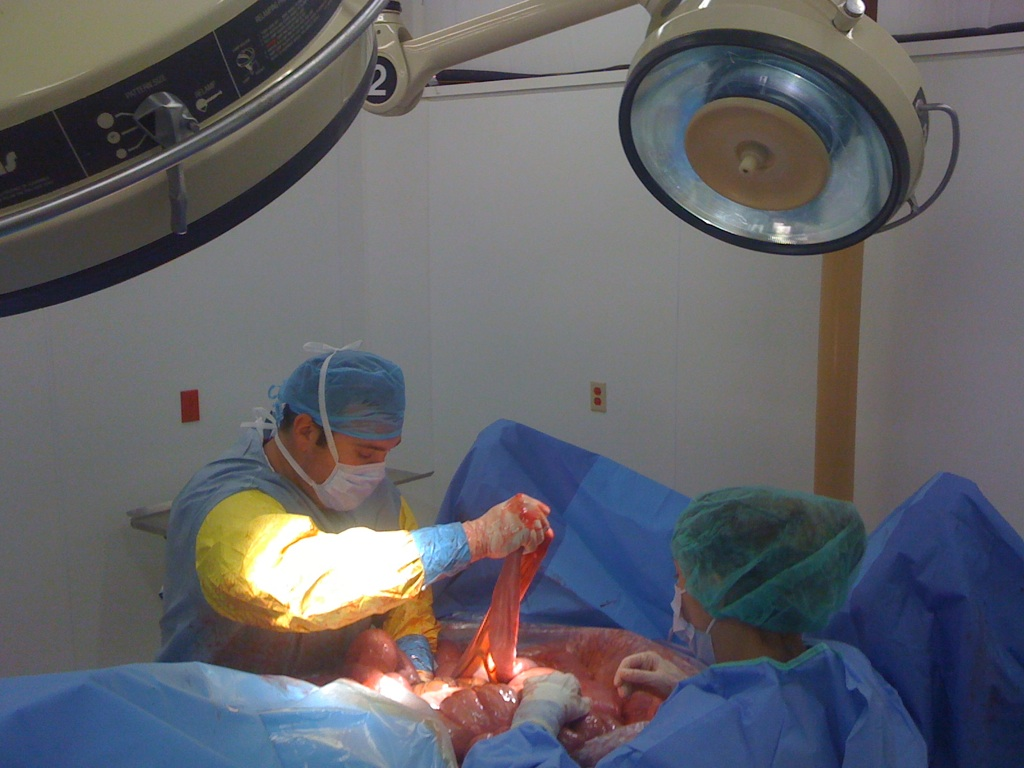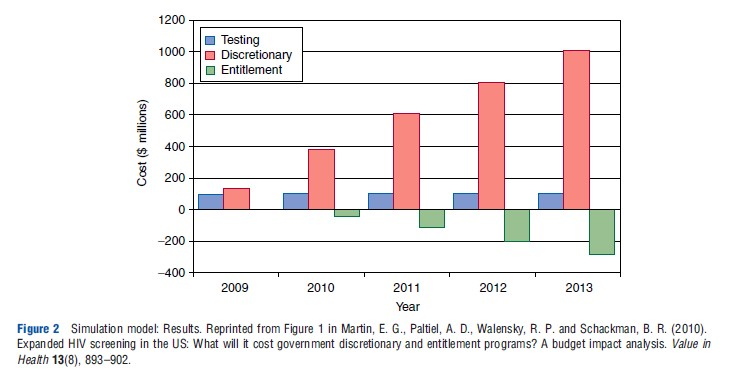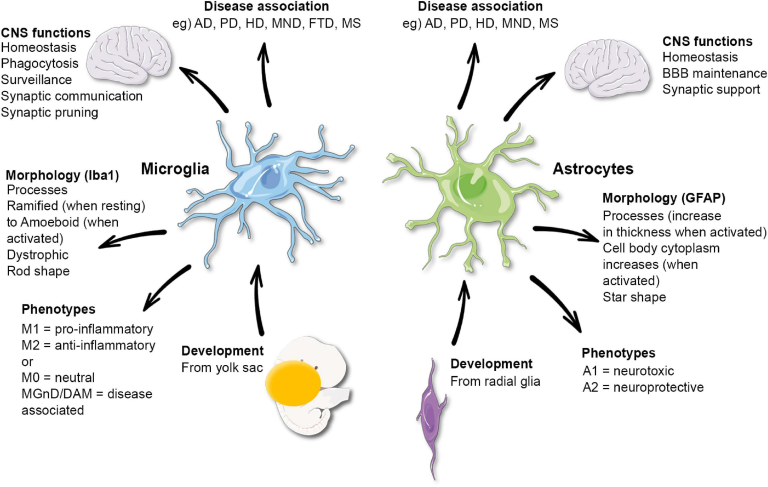Introducing CALEC surgery, a groundbreaking procedure that promises to revolutionize the treatment of corneal damage. Conducted at Mass Eye and Ear, this innovative surgery harnesses the power of stem cell therapy to restore the cornea’s surface in patients suffering from chronic injuries previously deemed untreatable. By utilizing cultivated autologous limbal epithelial cells, CALEC surgery offers a new hope for individuals with corneal damage, significantly improving their quality of life. Early trials have shown impressive success rates, demonstrating the procedure’s potential to alleviate pain and restore vision. With continued research and development, CALEC surgery stands at the forefront of eye surgery, paving the way for advancements in corneal repair and regenerative medicine.
Known as cultivated autologous limbal epithelial cell therapy, CALEC surgery represents a pivotal advancement in ocular treatments. This eye surgery focuses on harvesting and transplanting limbal epithelial cells to regenerate damaged corneal surfaces, leveraging the latest breakthroughs in stem cell regeneration. The collaboration at Mass Eye and Ear has led researchers to explore new techniques for correcting corneal injuries, which have traditionally posed significant challenges in ophthalmology. As the effectiveness of CALEC is validated through clinical trials, the approach serves as a beacon of hope for many who suffer from vision-impairing conditions. As we delve deeper into the realm of corneal repair, the implications of CALEC surgery could redefine the standards for therapeutic interventions in ocular health.
Understanding CALEC Surgery and Its Significance in Eye Health
CALEC surgery, or cultivated autologous limbal epithelial cells surgery, represents a significant breakthrough in ocular medicine, particularly for patients facing severe corneal damage. By harnessing the regenerative capabilities of stem cells, this innovative procedure addresses the needs of those who have endured injuries caused by trauma, chemical burns, or infections. Ula Jurkunas, a leading authority in corneal services, emphasizes that this surgical approach offers hope to individuals who were once faced with the prospect of irreversible blindness, demonstrating a remarkable success rate of over 90% in restoring the corneal surface.
The significance of CALEC surgery transcends mere restoration—it symbolizes a shift towards personalized medicine in ophthalmology. This technique utilizes stem cells harvested from a patient’s own healthy eye, ensuring compatibility and lowering the risk of rejection. The carefully orchestrated steps involved, from biopsy to the transplantation of cultivated cells, underscore the complex interplay between cutting-edge research and clinical application, potentially setting a new standard for eye surgeries.
Stem Cell Therapy: Revolutionizing Corneal Repair
Stem cell therapy has emerged as a revolutionary approach in the realm of corneal repair, particularly in the context of CALEC surgery. This technique involves transplanting cultured limbal epithelial cells, which are crucial for maintaining the corneal surface. At Mass Eye and Ear, clinical trials have validated the efficacy and safety of this treatment, showcasing it as a viable solution for patients suffering from corneal defects that traditional methods cannot rectify. The ability to restore sight and alleviate chronic discomfort through biological rejuvenation opens new avenues in the treatment of ocular diseases.
By leveraging the inherent regenerative properties of stem cells, this method not only provides immediate relief but also promotes long-term healing, reducing the need for multiple surgical interventions. As researchers continue to explore the future of stem cell-based treatments, the insights gained from CALEC procedures serve as a foundation for developing more comprehensive solutions for eye health, paving the way for innovations that can treat conditions previously deemed untreatable.
The Clinical Trial Process for CALEC Surgery at Mass Eye and Ear
The clinical trial process for CALEC surgery at Mass Eye and Ear marks a crucial phase in the advancement of eye care. The trial, which began in 2018, was meticulously structured to assess the safety and efficacy of using cultured limbal epithelial cells from a healthy eye to restore function in a damaged counterpart. Throughout the trial, researchers monitored patient outcomes closely, and the results have been promising, with complete corneal restoration achieved in a significant portion of participants. This process exemplifies how rigorous clinical studies underpin advancements in medical practice, ensuring that new treatments are both safe and effective for broader use.
Furthermore, the collaboration with various esteemed institutions, including Dana-Farber and Boston Children’s Hospital, highlights the interdisciplinary nature of modern medical research. By collectively striving towards a common goal, these partnerships enhance the depth of study and can expedite the journey from laboratory discoveries to practical applications in clinical settings. The success of the CALEC trial not only reinforces the potential of stem cell therapy in ophthalmology but also sets the stage for future studies that aim to refine the technique and expand its accessibility.
Challenges and Limitations of CALEC Surgery
Despite the groundbreaking results achieved through CALEC surgery, several challenges remain that could impact its widespread adoption. One of the foremost limitations is that the procedure is currently only suitable for patients with one affected eye, as it requires harvesting stem cells from the healthy eye. This constraint narrows the scope of individuals who can benefit from this innovative treatment. As researchers like Jerome Ritz emphasize, future efforts aim to develop an allogeneic manufacturing process using limbal stem cells from cadaveric donors, which could enable this technique to assist patients suffering from bilateral corneal damage.
Moreover, while the preliminary results are promising, the CALEC procedure is still classified as experimental, necessitating further rigorous studies before it can gain full clearance for clinical use across the United States. The scientific community is keenly aware that comprehensive validation through larger trials will be essential to address any concerns related to scalability and long-term outcomes. Achieving a successful, regulatory-approved pathway is imperative to ensure that those in dire need of corneal repair can gain access to this transformative treatment.
Future Directions for CALEC and Stem Cell Therapy in Eye Surgery
The future of CALEC surgery is filled with potential as researchers aim to broaden the scope and application of stem cell therapy in eye surgery. Upcoming studies are set to involve larger patient populations and longer follow-up intervals, increasing the statistical relevance of the findings. There is a determination to refine the surgical procedures and enhance the cell manufacturing process to ensure that the cultivated cells meet the highest quality standards. The commitment to advancing this treatment reflects a growing recognition of the valuable role of stem cells in regenerative medicine.
Moreover, the vision for CALEC transcends the current trials as researchers aspire to pioneer additional methodologies that utilize limbal stem cells for various ocular conditions. There is considerable excitement about establishing partnerships with institutions engaged in innovative therapies to ensure that successful protocols for CALEC can be integrated into standard patient care practices. With continued funding from organizations like the National Eye Institute, the dream of significantly improving patient outcomes in eye care through stem cell therapy is becoming increasingly tangible.
Frequently Asked Questions
What is CALEC surgery and how does it utilize stem cell therapy?
CALEC surgery, or cultivated autologous limbal epithelial cell surgery, involves using stem cells from a healthy eye to repair a damaged cornea. This innovative eye surgery at Mass Eye and Ear includes taking a biopsy to harvest limbal epithelial cells, expanding them in a lab, and then transplanting the cellular tissue graft back into the affected eye to restore the cornea’s surface.
How effective is CALEC surgery for treating blinding corneal injuries?
CALEC surgery has demonstrated over 90% effectiveness in restoring the cornea’s surface, providing new hope for patients with blinding corneal injuries. In clinical trials, 50% of participants showed complete restoration of their cornea at three months post-surgery, with success rates increasing over time to 79% and 77% at 12 and 18 months, respectively.
What conditions can be treated with CALEC surgery?
CALEC surgery is specifically designed for patients suffering from corneal damage due to injuries such as chemical burns, infections, or trauma that have depleted their limbal epithelial cells. These patients typically experience chronic pain and vision problems, making CALEC a viable option for restoring corneal health.
Is CALEC surgery available at Mass Eye and Ear or other hospitals?
Currently, CALEC surgery is experimental and not available to patients at Mass Eye and Ear or any U.S. hospitals. Further studies are needed before seeking federal approval, although successful trials mark a crucial step towards its potential availability.
What are the risks associated with CALEC surgery?
While CALEC surgery has a high safety profile with no serious adverse events reported thus far, minor complications may occur, such as a bacterial infection from chronic contact lens use. Overall, the trial showed that CALEC is a safe procedure with risks manageable through vigilant post-operative care.
How does the CALEC procedure differ from traditional corneal transplants?
Unlike traditional corneal transplants that involve replacing the damaged cornea with donor tissue, CALEC surgery focuses on regenerating the patient’s own corneal surface using stem cells from a healthy eye, making it a pioneering approach in eye surgery that may enhance recovery outcomes.
What follow-up care is required after CALEC surgery?
Patients who undergo CALEC surgery will need regular follow-ups to monitor the cornea’s healing process and assess improvements in vision. Medical professionals at Mass Eye and Ear will provide tailored aftercare instructions based on individual recovery.
What advancements are being sought for CALEC surgery?
Future advancements for CALEC surgery include developing an allogeneic manufacturing process, which could allow for treatment in patients with damage to both eyes by sourcing limbal stem cells from cadaveric donor eyes, thereby expanding the reach and effectiveness of this innovative treatment.
Who is leading the CALEC surgery clinical trials?
Dr. Ula Jurkunas, an associate director of the Cornea Service at Mass Eye and Ear and a professor at Harvard Medical School, leads the clinical trials for CALEC surgery, alongside Dr. Reza Dana, who oversees the Cornea Service at the institute.
How is the success of CALEC surgery measured in clinical trials?
The success of CALEC surgery is measured by evaluating the restoration of the cornea’s surface and improvements in visual acuity among participants during follow-up visits at specified intervals, with outcomes indicating overall effectiveness of over 90% in clinical trials.
| Key Aspect | Description |
|---|---|
| First CALEC Surgery | Performed by Ula Jurkunas at Mass Eye and Ear, marking a breakthrough in eye treatment. |
| Clinical Trial Success | Successfully restored corneal surfaces in 14 patients with 90% effectiveness over 18 months. |
| Procedure Overview | Involves harvesting stem cells from a healthy eye and transplanting them to a damaged cornea. |
| Corneal Injuries | Caused by chemical burns, infections, or trauma leading to chronic pain and poor vision. |
| Statistical Outcomes | Complete restoration in 50% of patients at three months, with 79% and 77% at 12 and 18 months, respectively. |
| Safety Profile | High safety profile with minimal complications; only one minor adverse event reported. |
| Future Directions | Plans to expand CALEC studies to larger populations and apply for FDA approval following successful trials. |
Summary
CALEC surgery represents a pioneering advancement in the treatment of corneal injuries that were previously deemed untreatable. With the successful transplant of cultivated autologous limbal epithelial cells, this technique has provided hope for patients suffering from chronic pain and vision issues. The promising results from the clinical trial, showing over 90% effectiveness in restoring corneal surfaces, underscore CALEC surgery’s significant potential in ophthalmology. As further studies are initiated, the aim is to increase access and apply for necessary approvals, paving the way for this innovative treatment to benefit more individuals in the near future.









